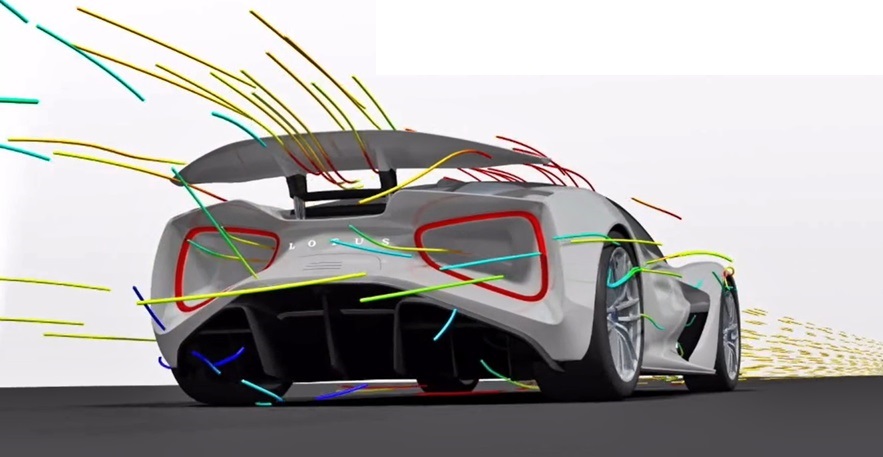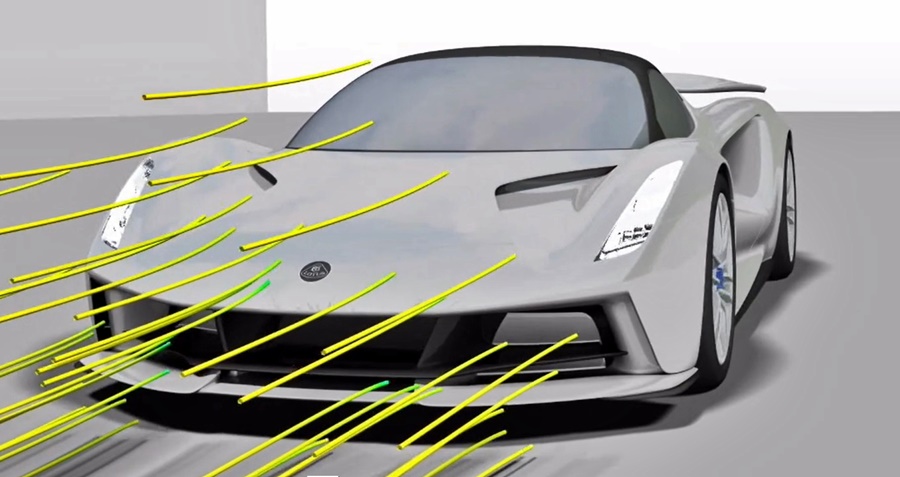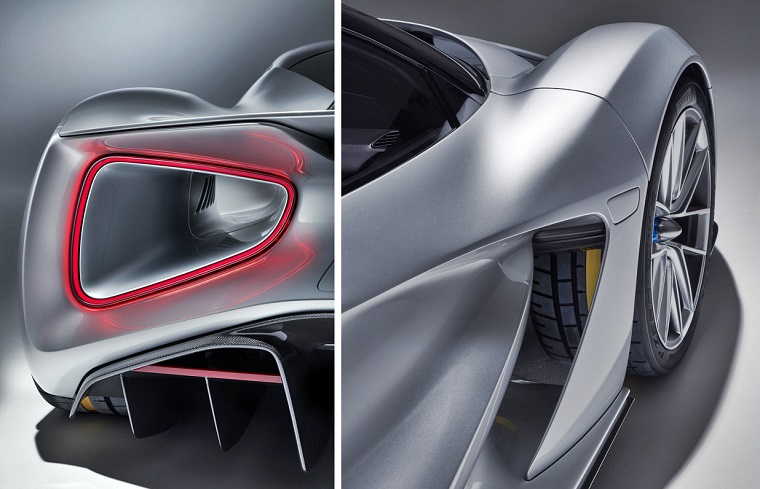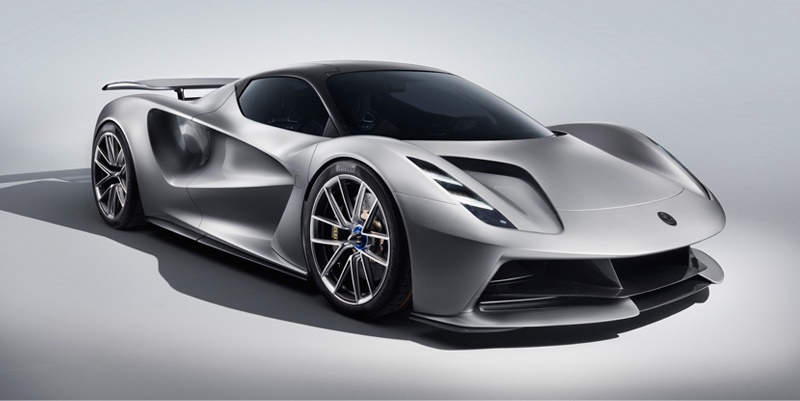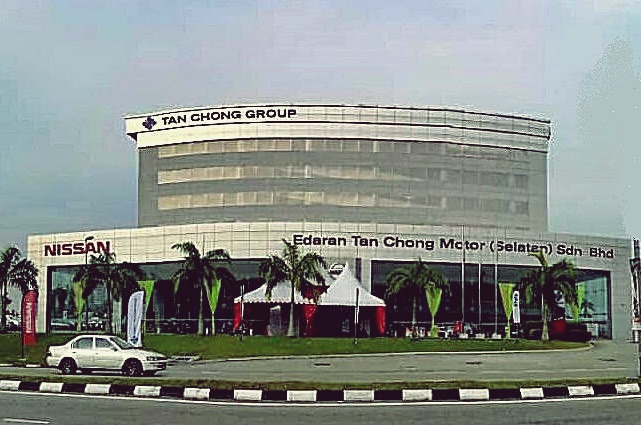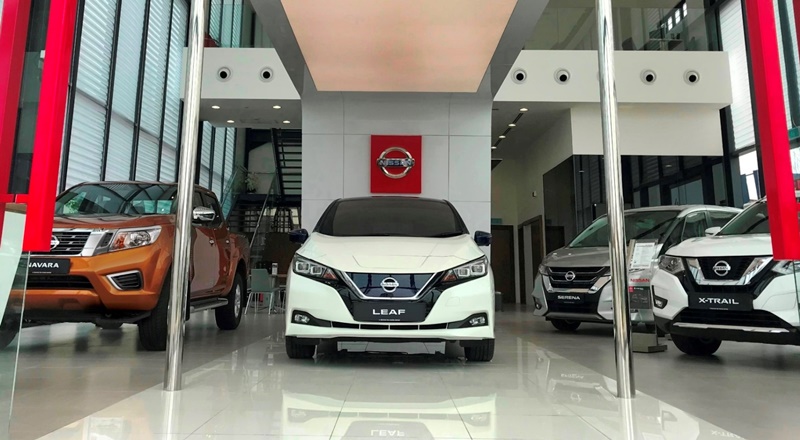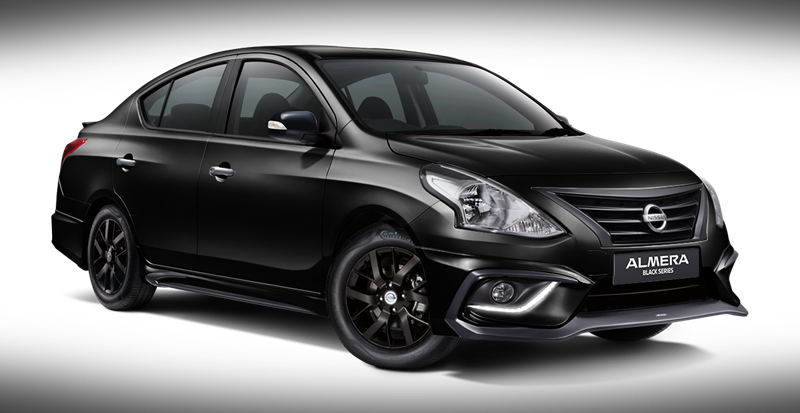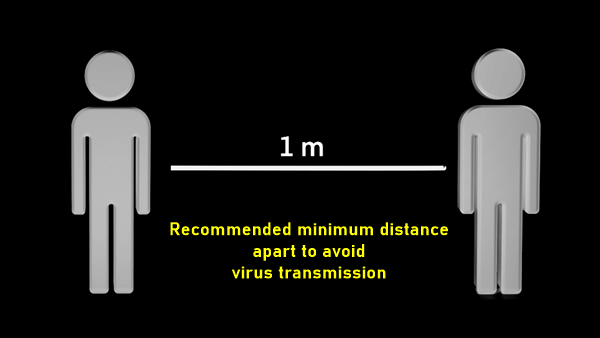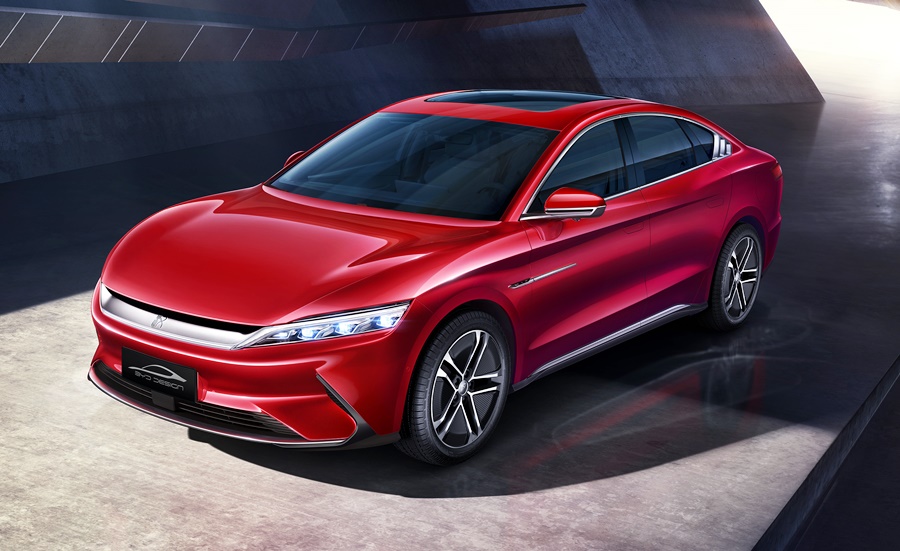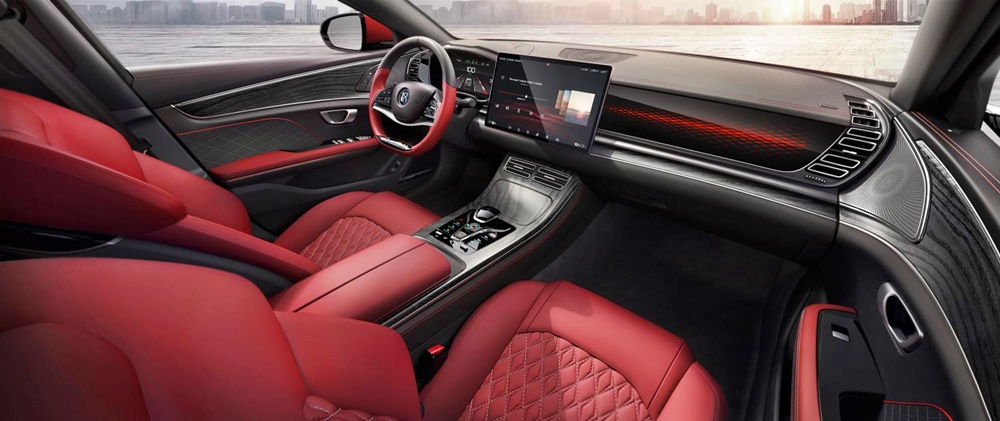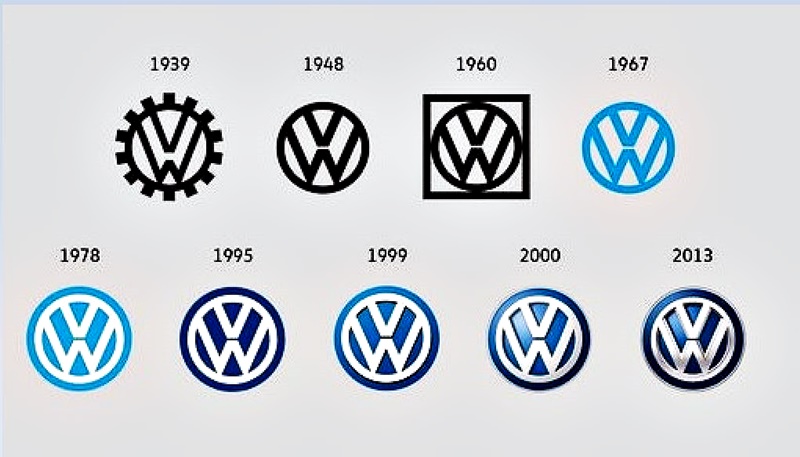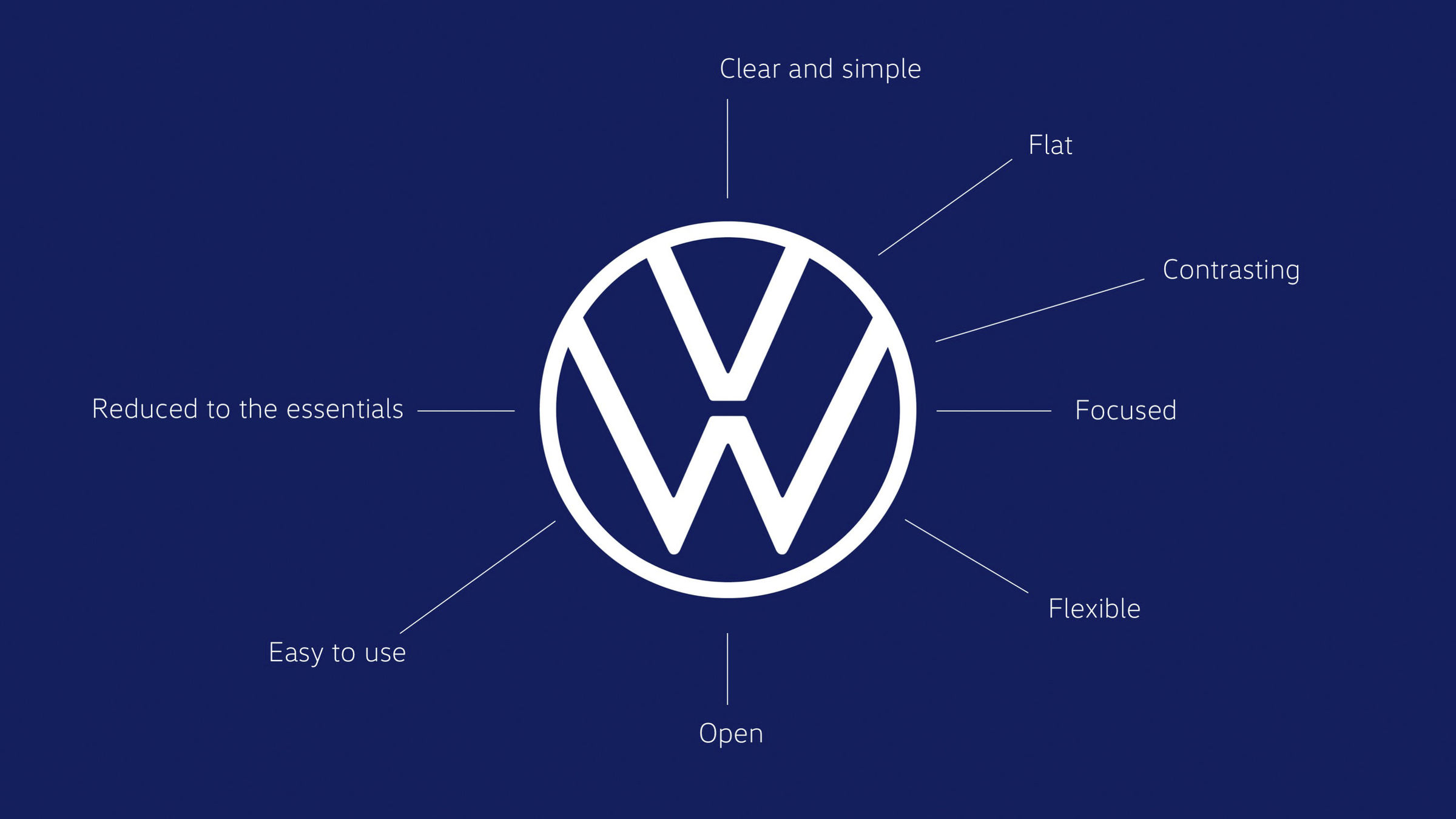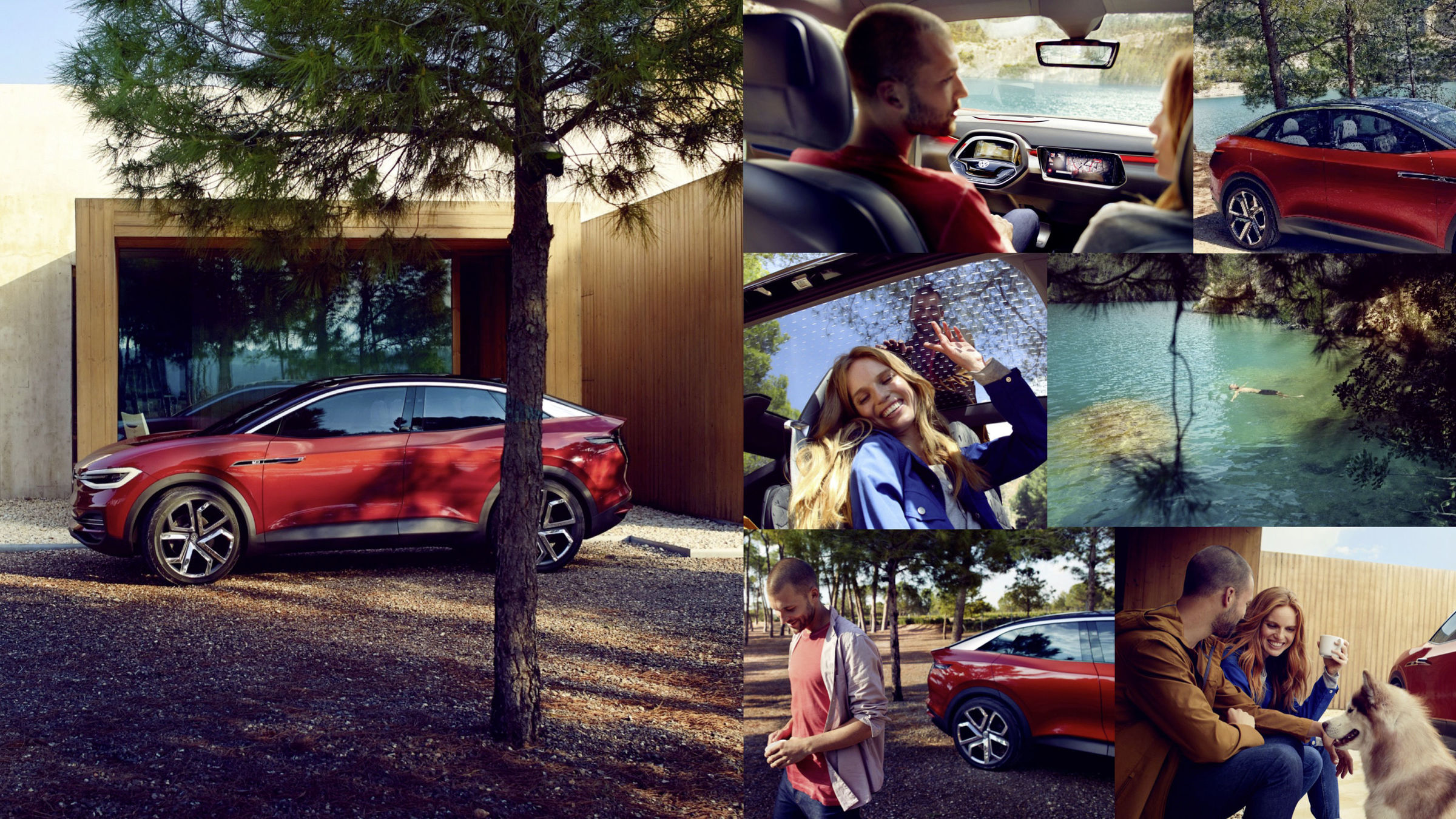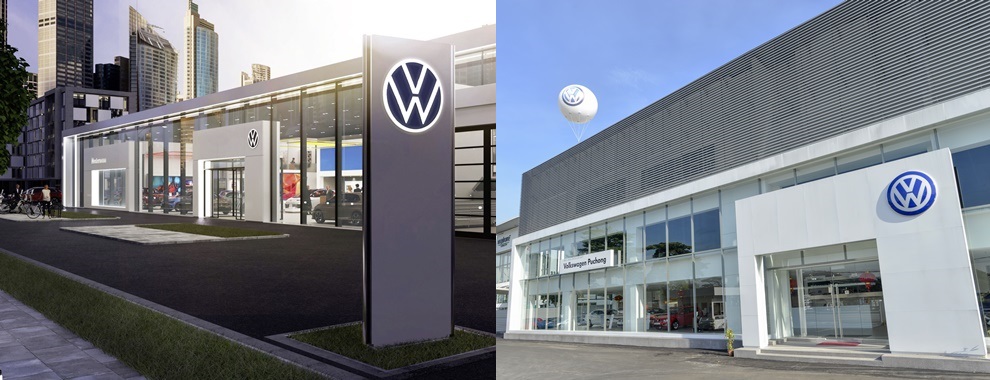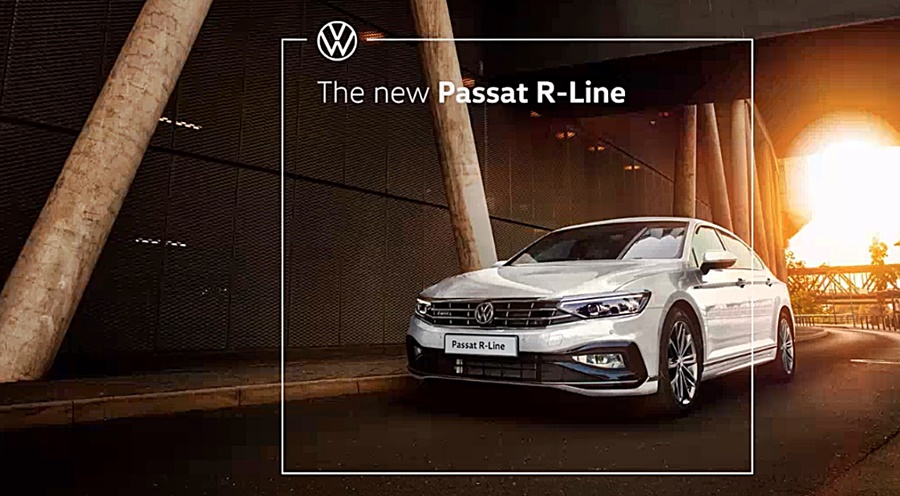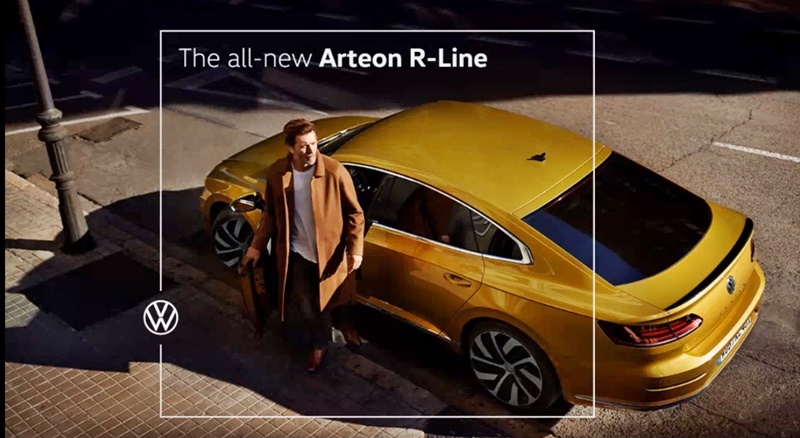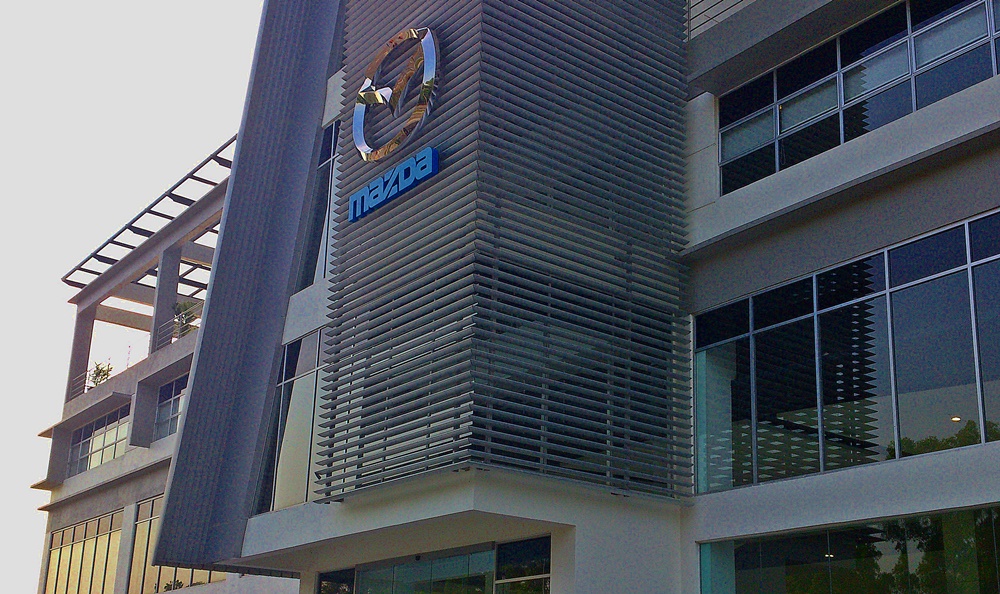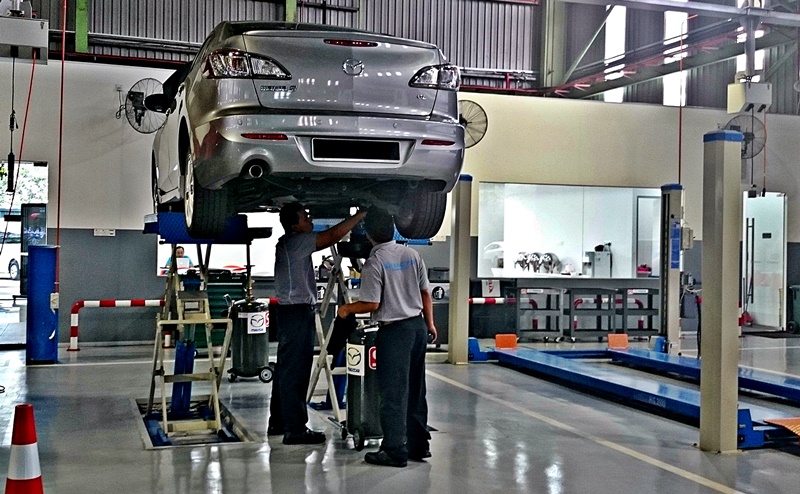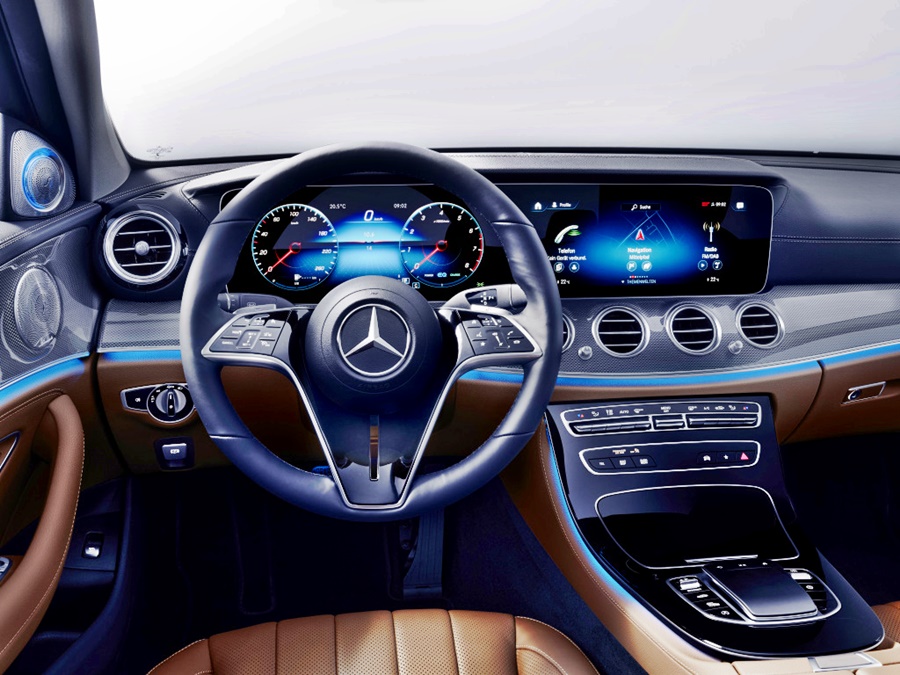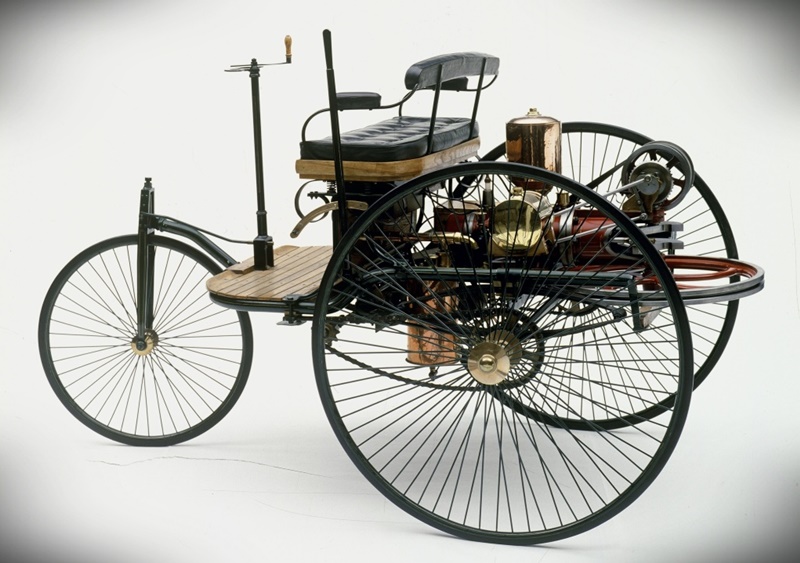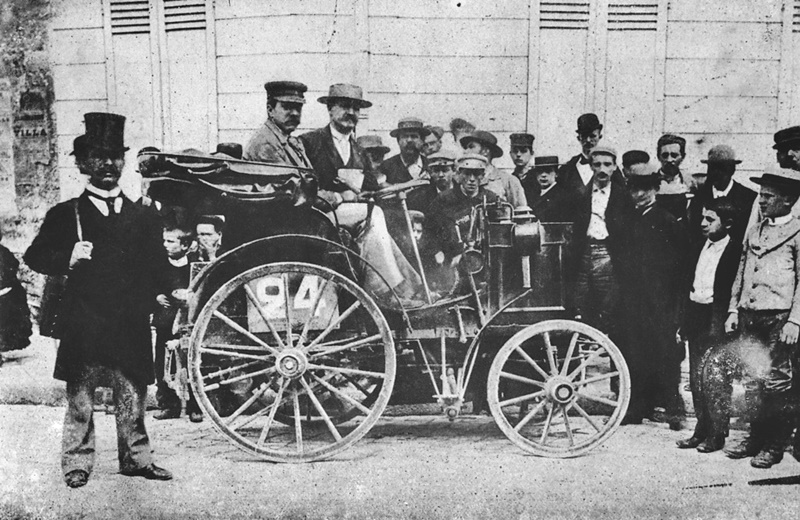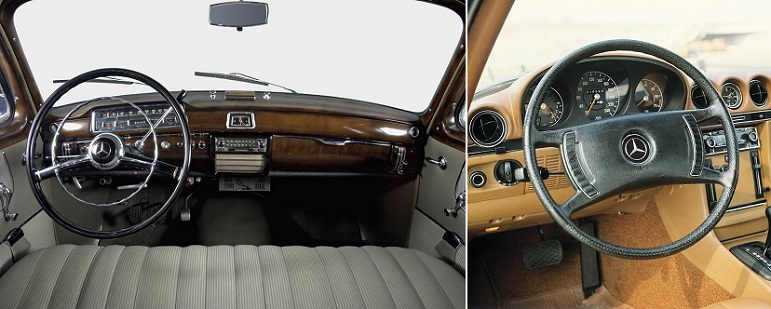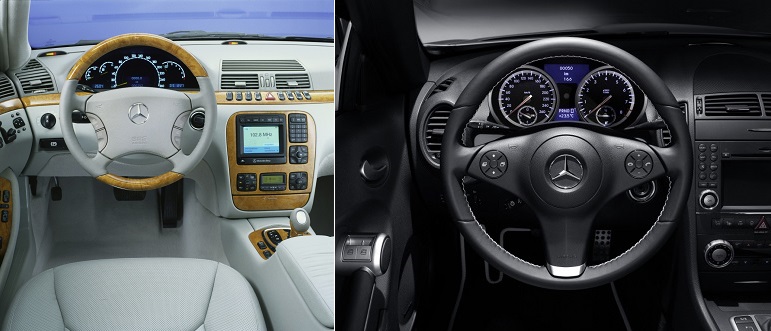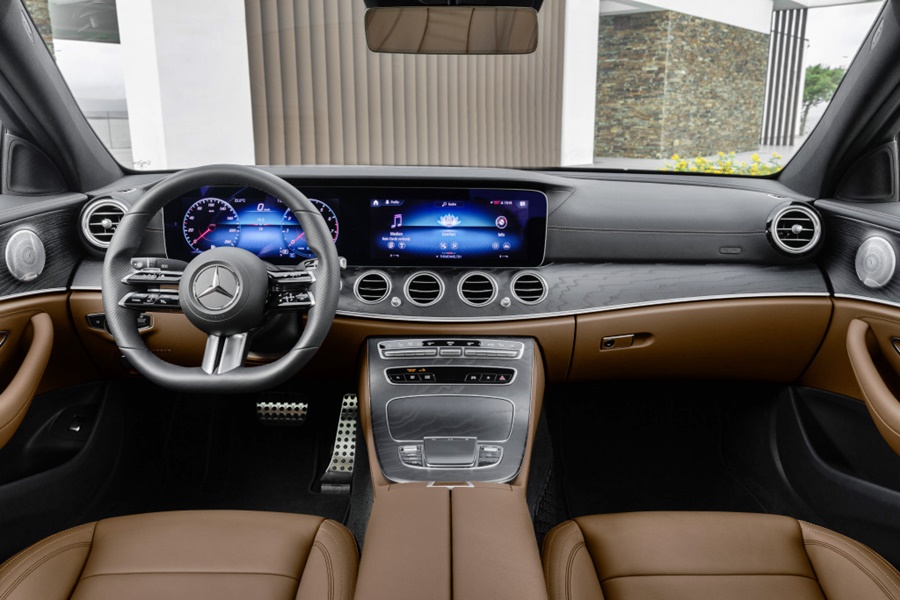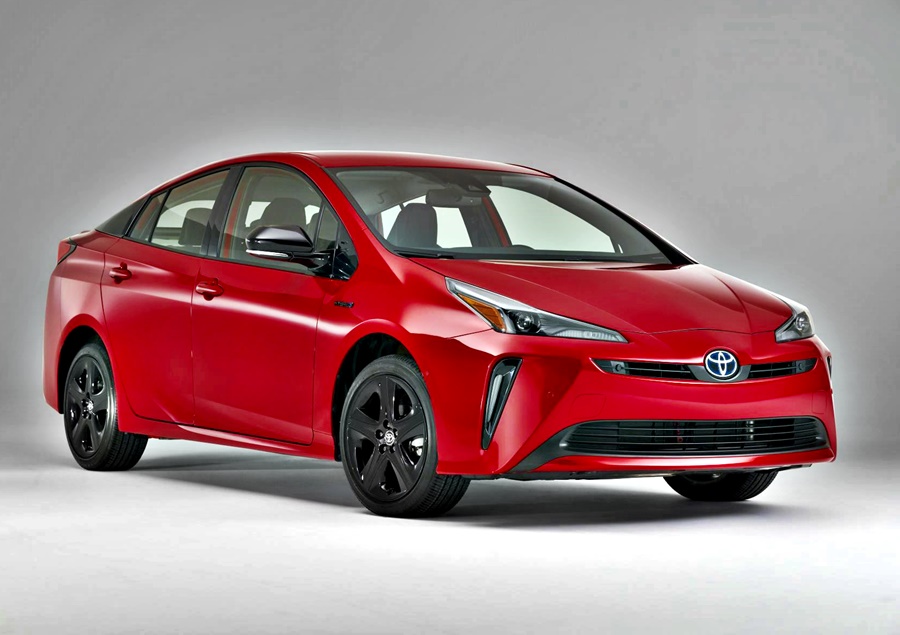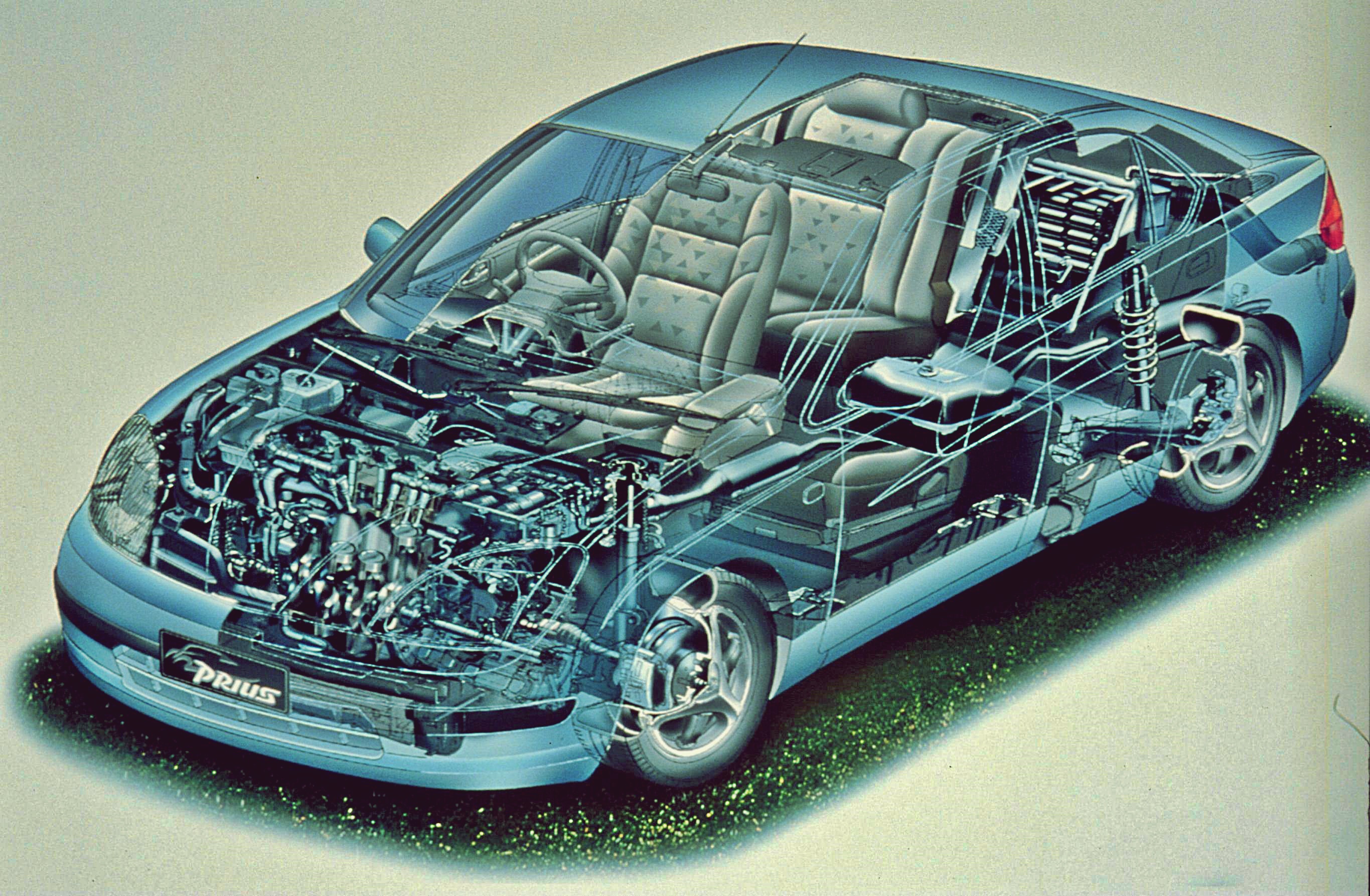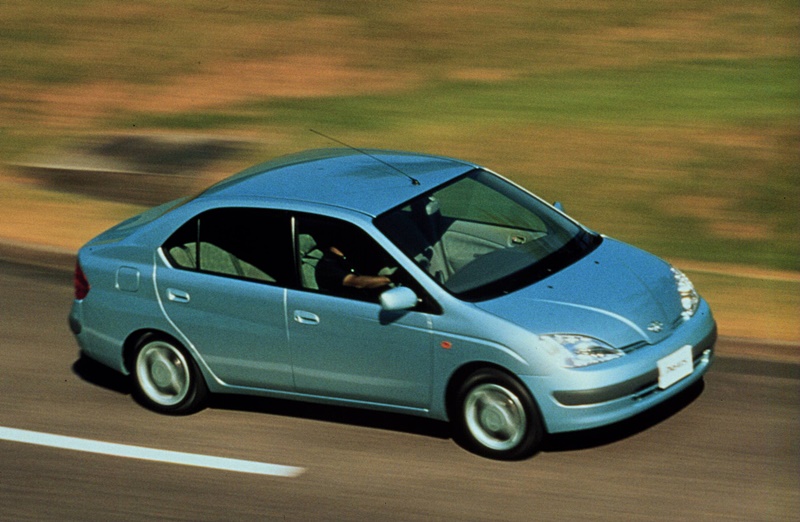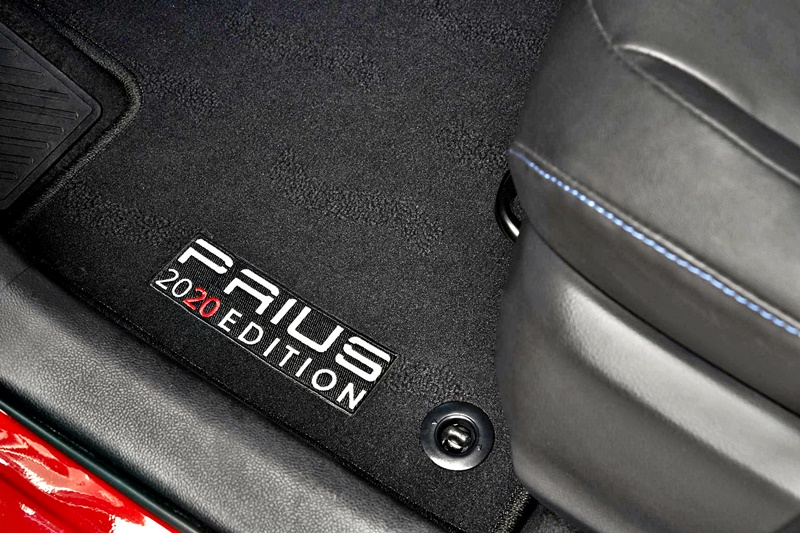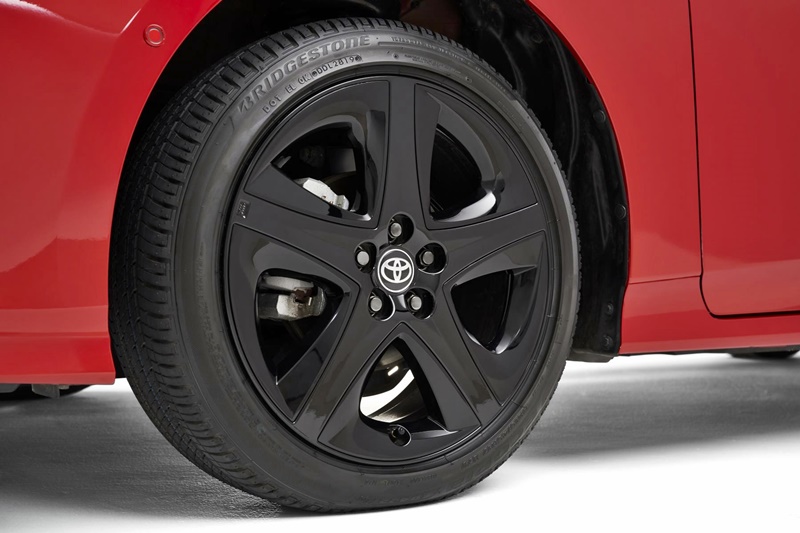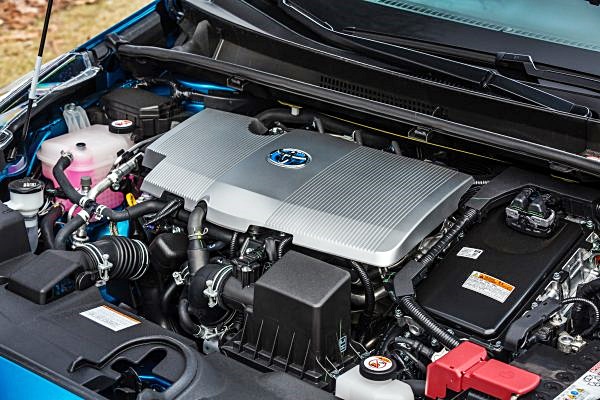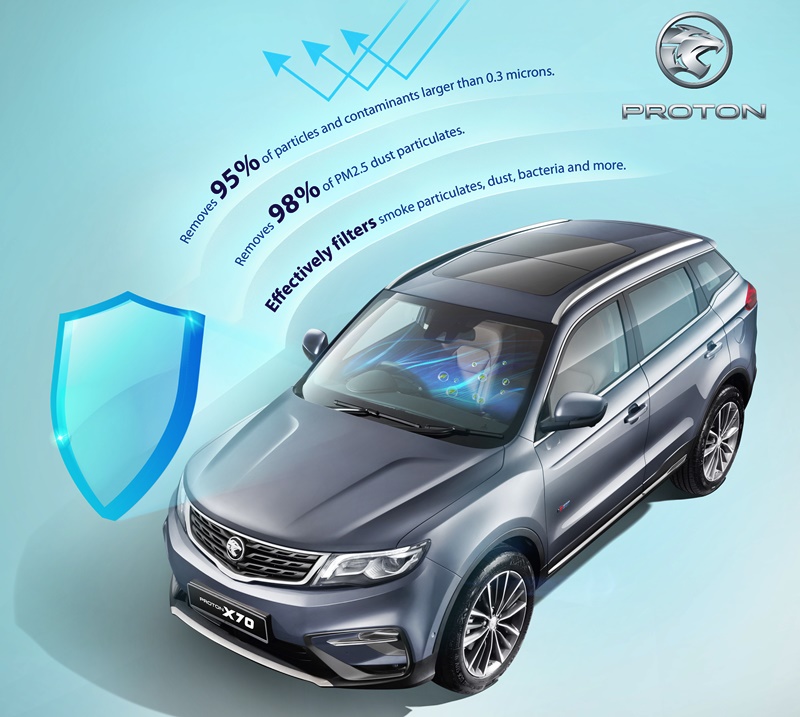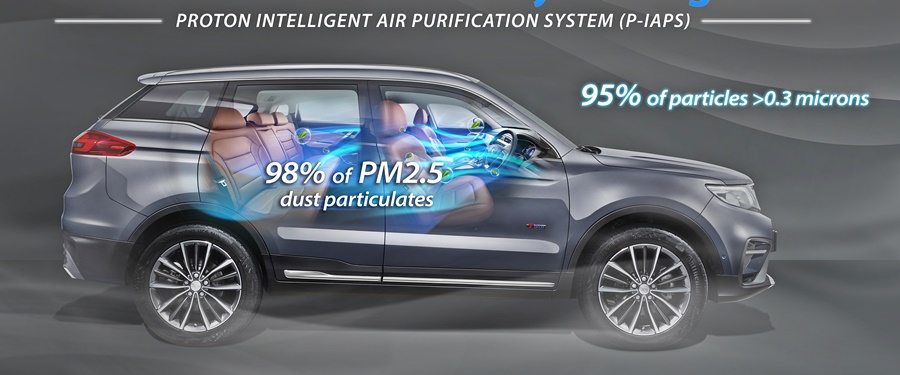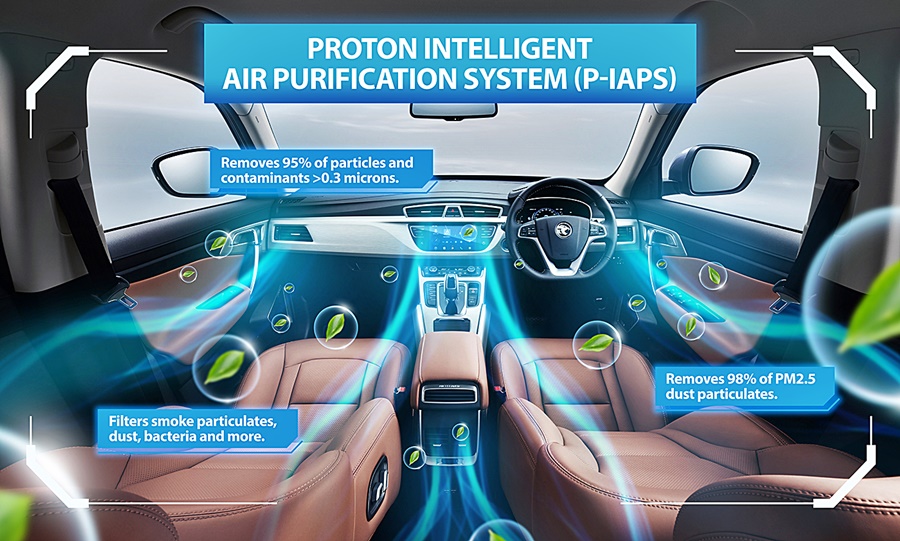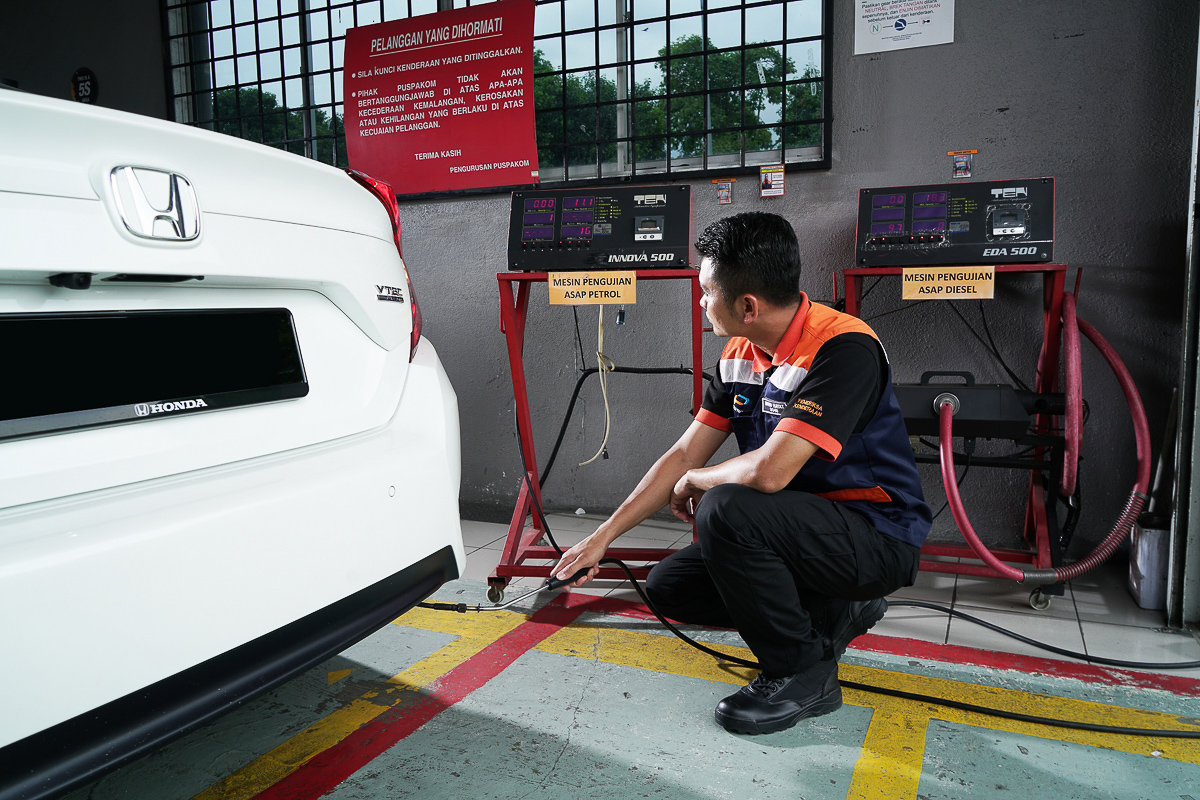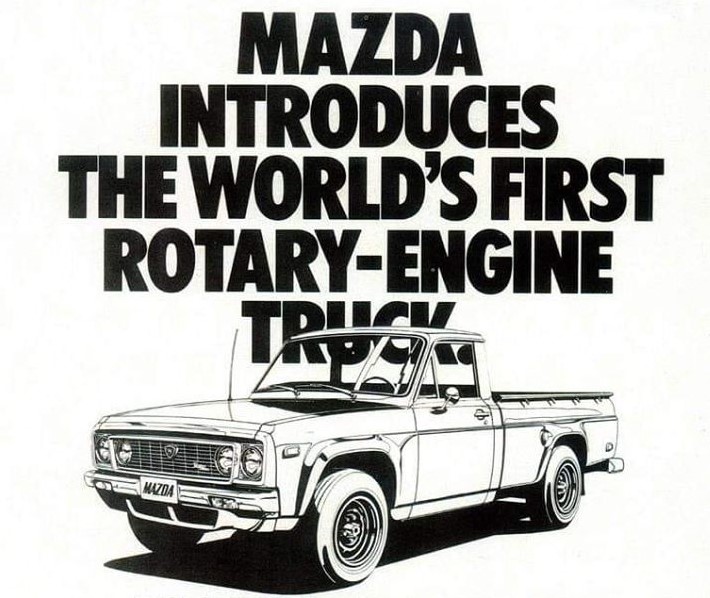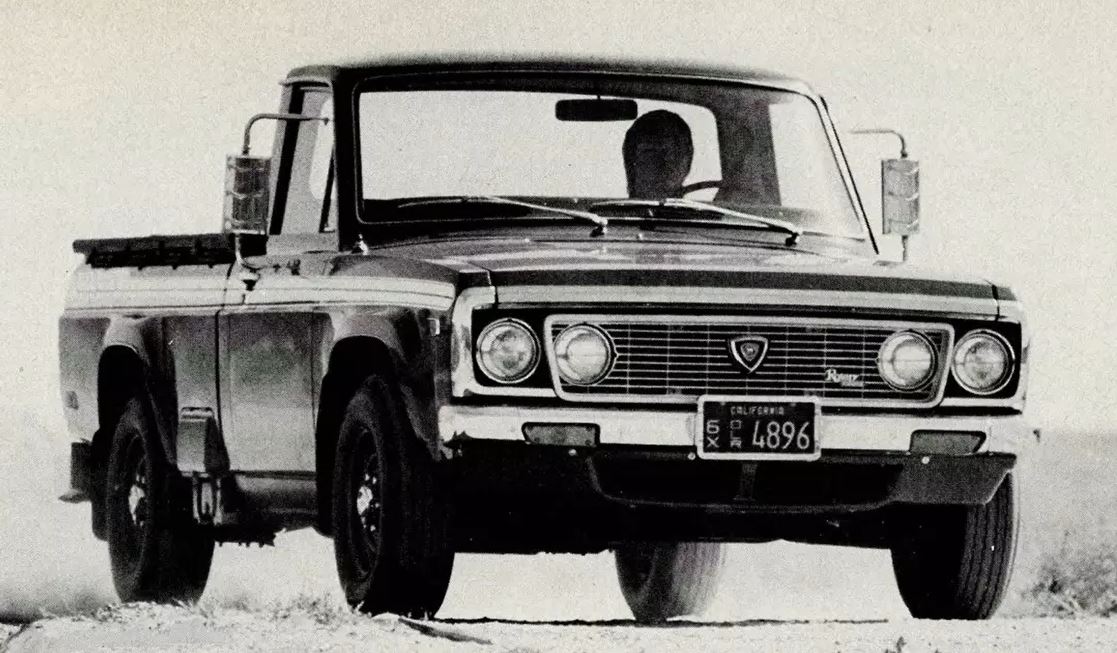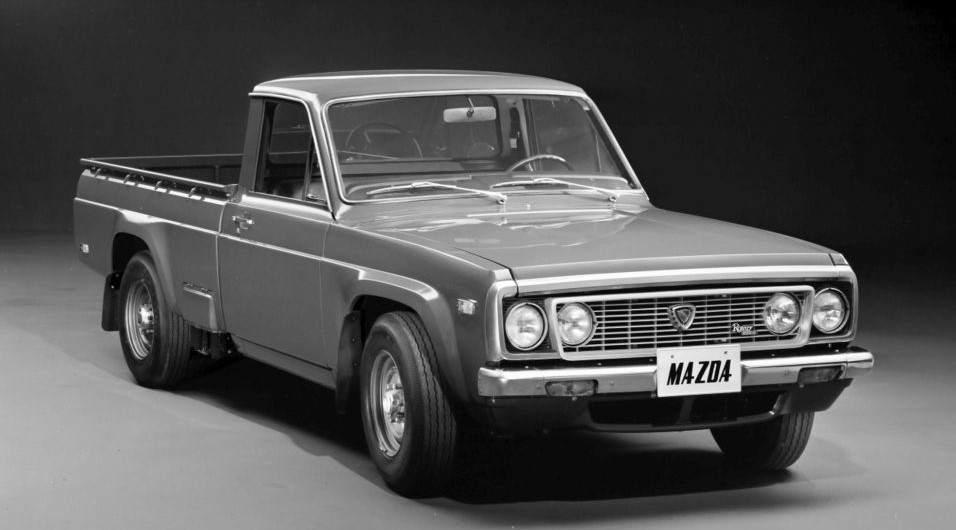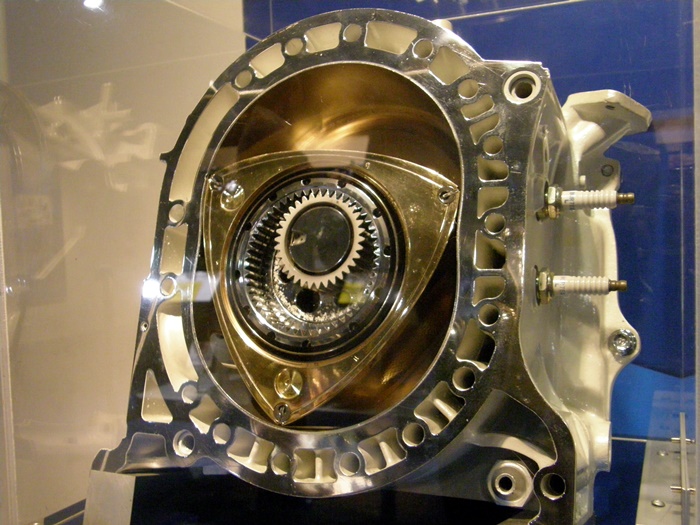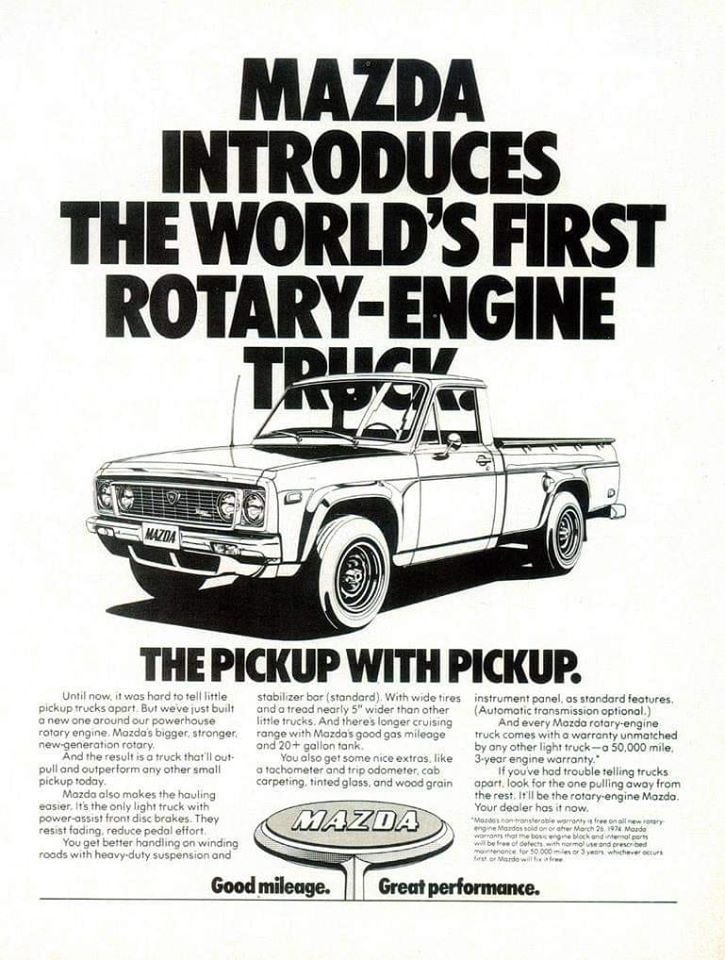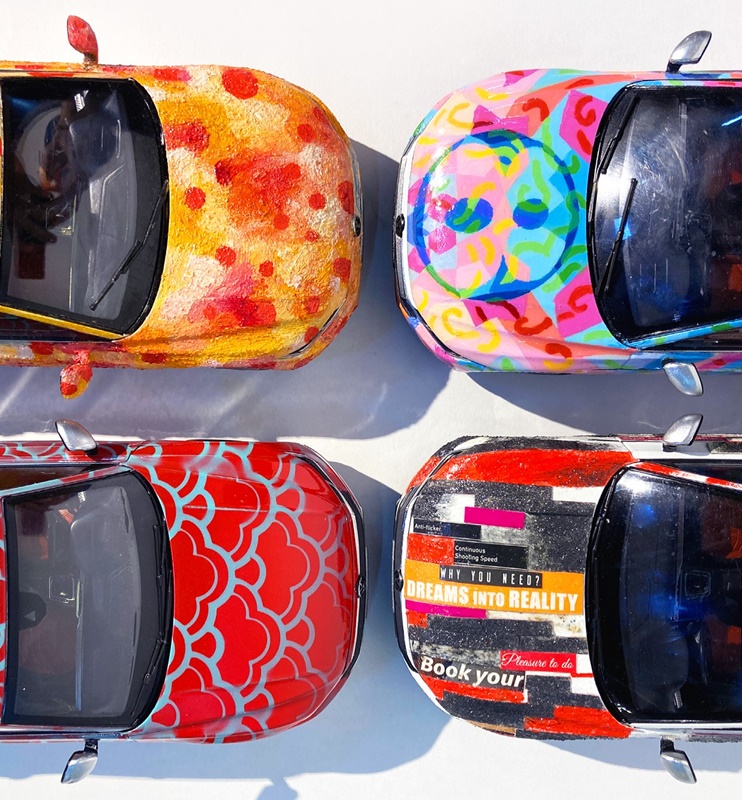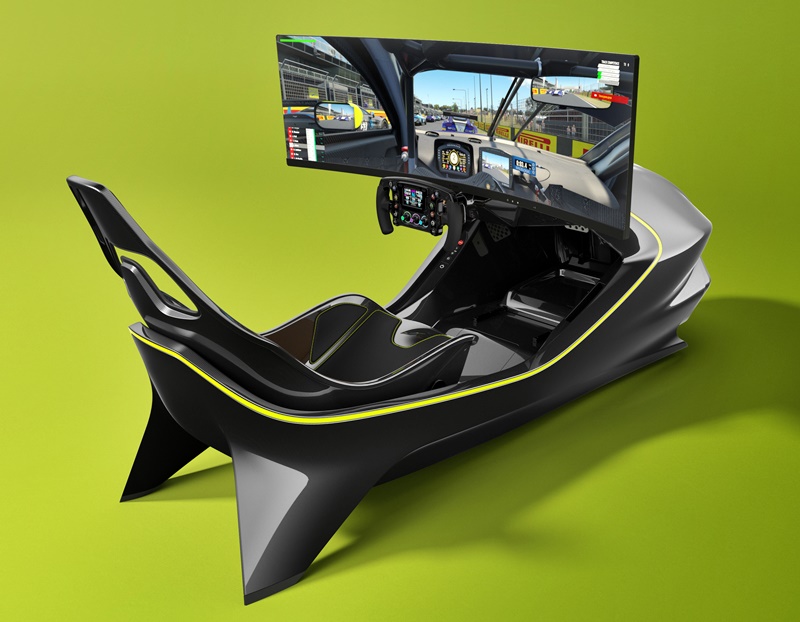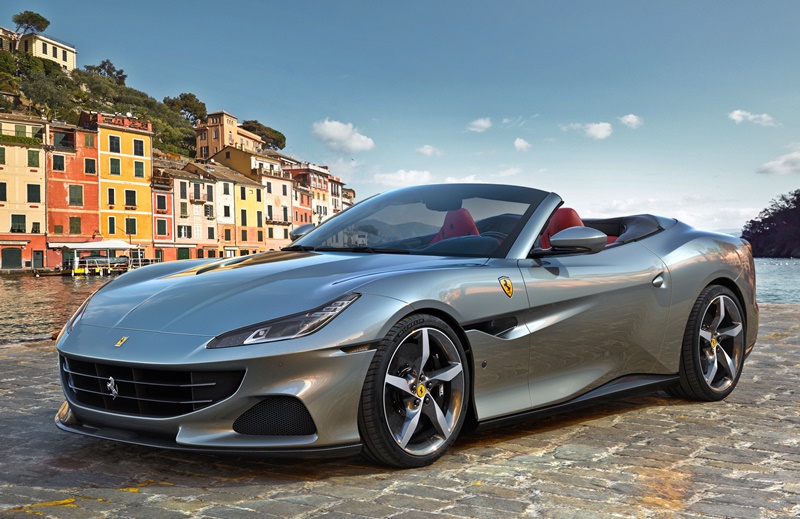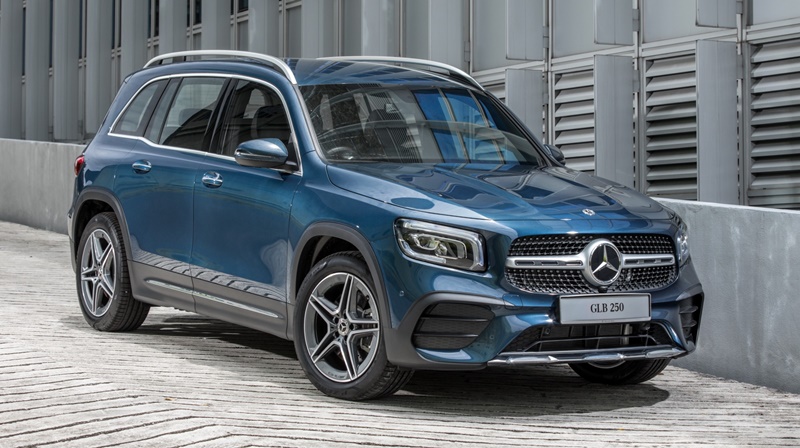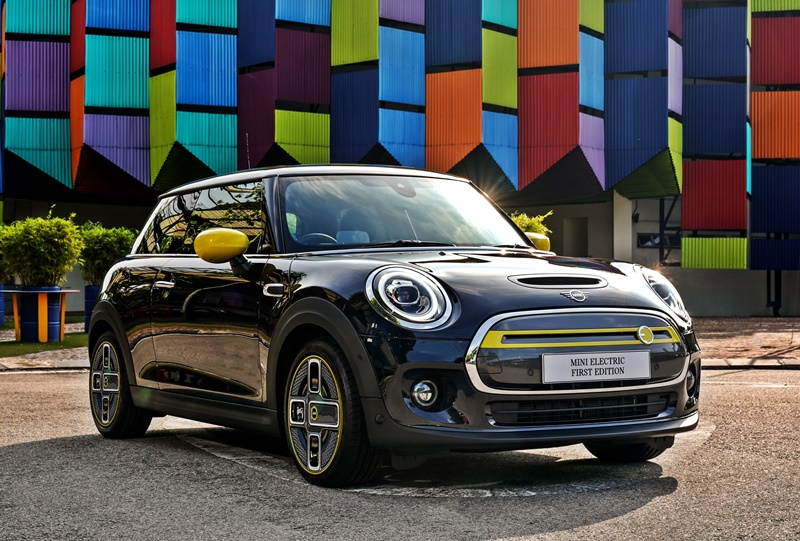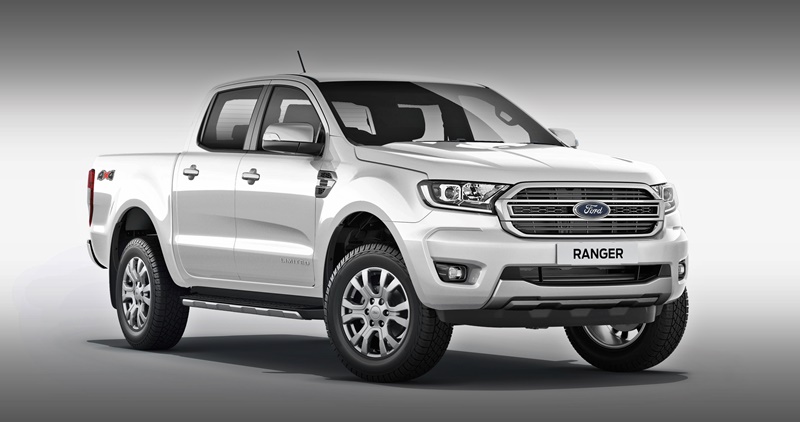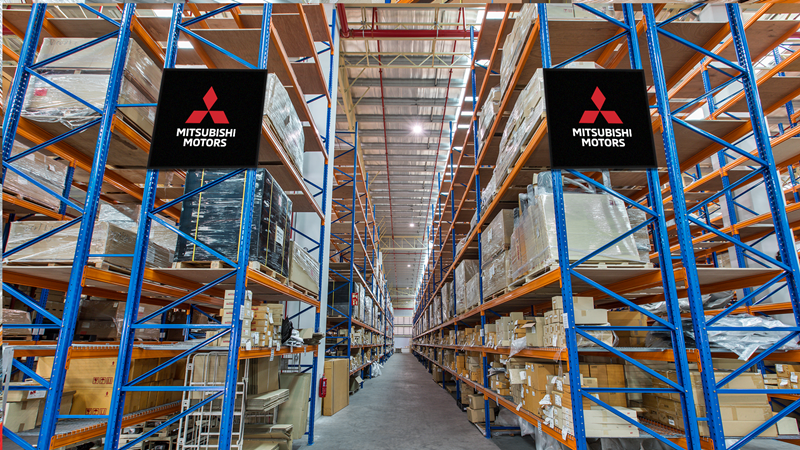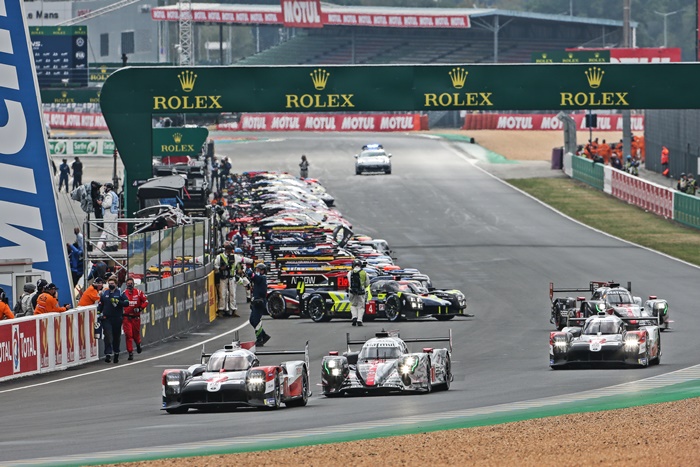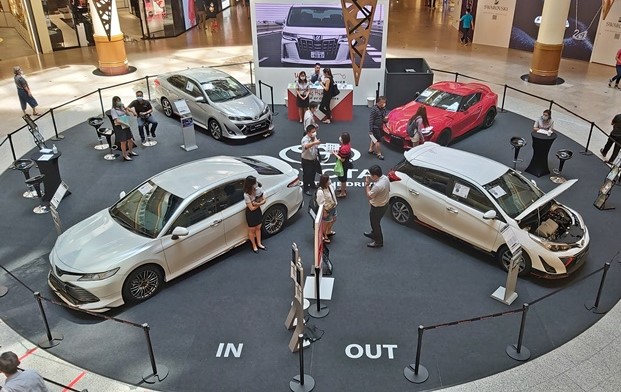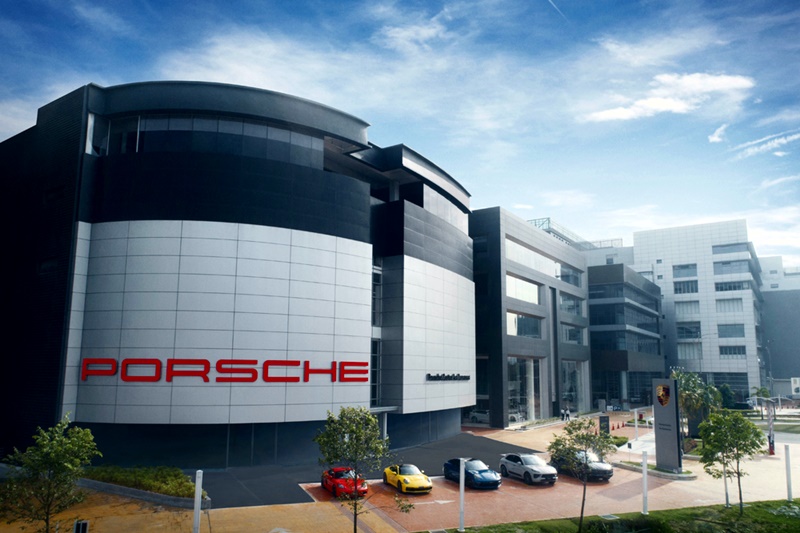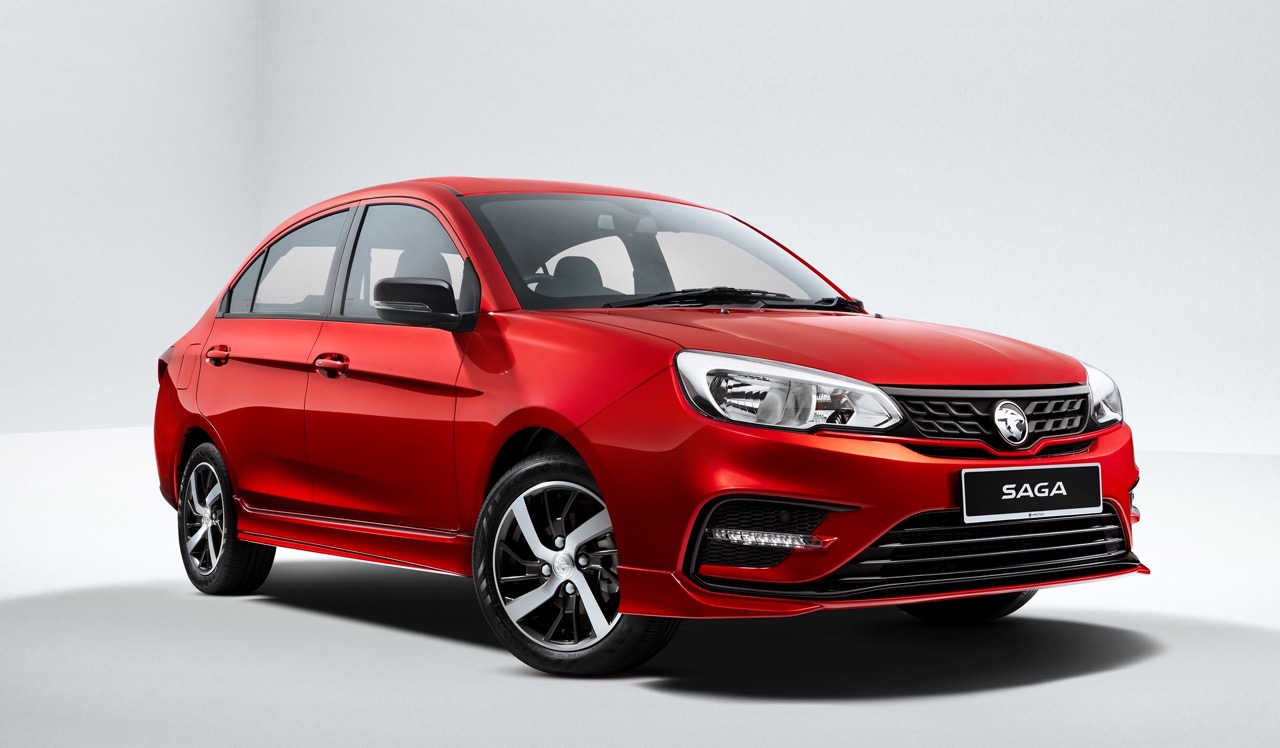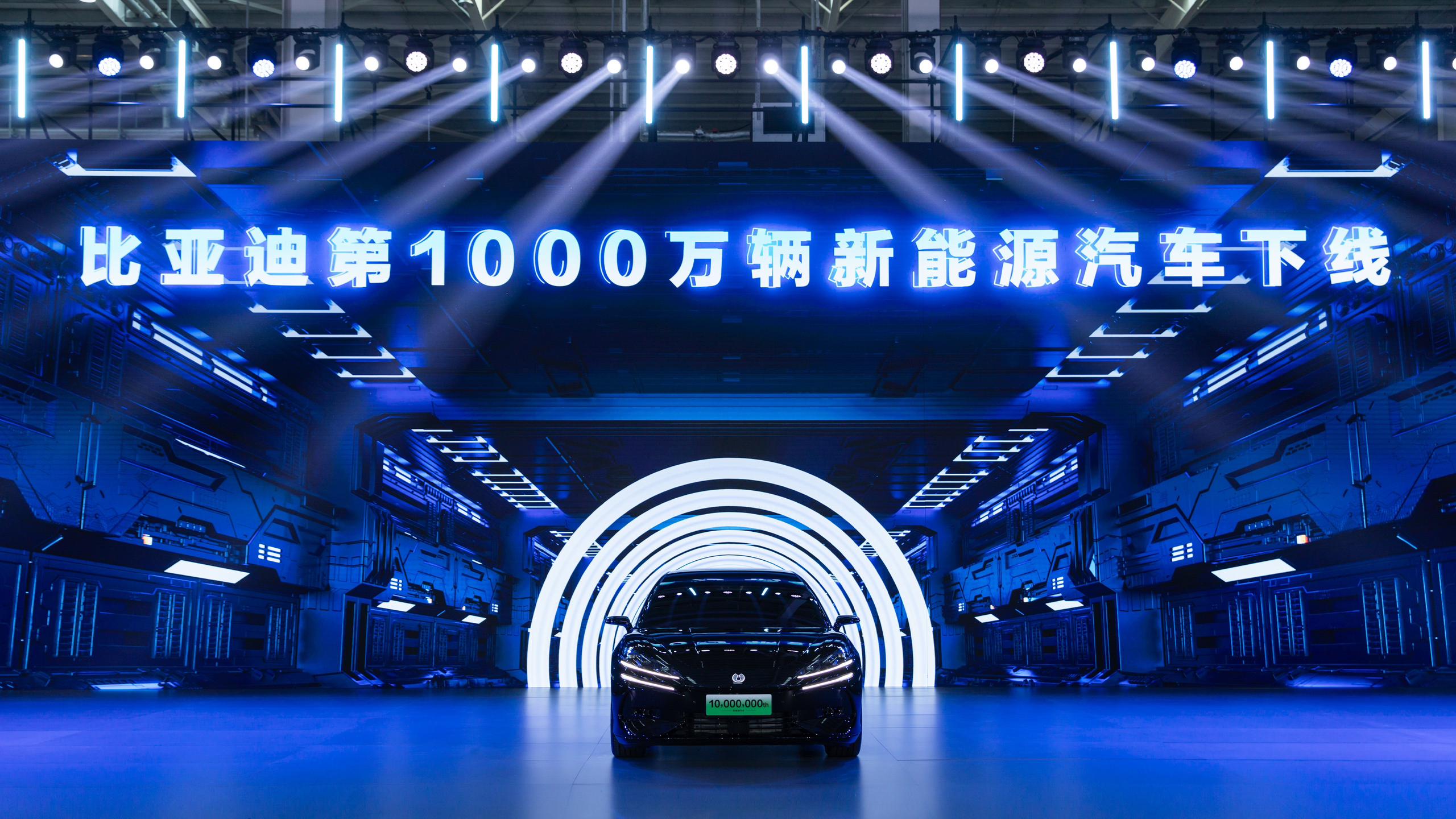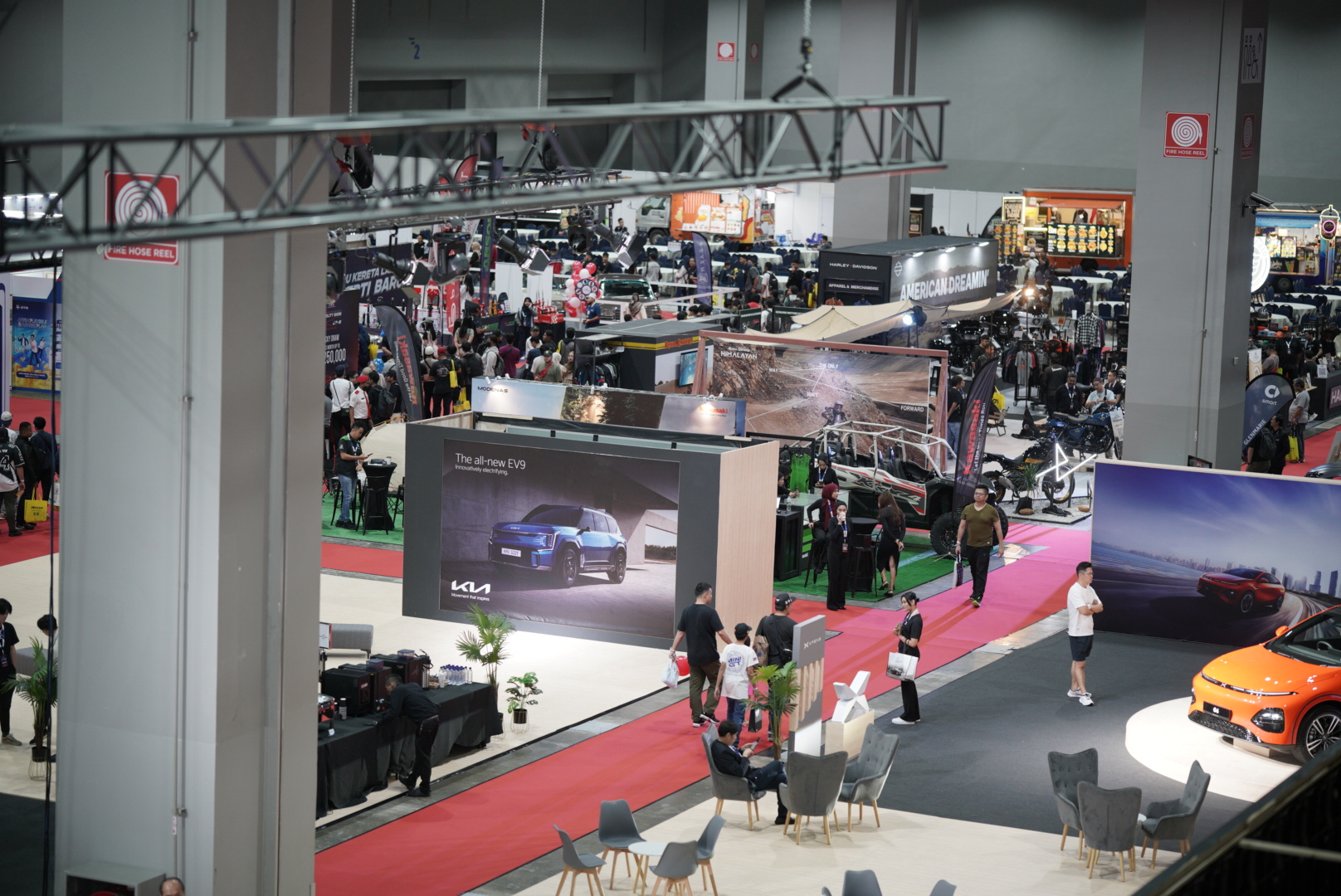Aerodynamics are one of the crucial elements in achieving high performance. Designers and engineers spend thousands of hours running simulations and then testing prototypes in wind tunnels to get the air to flow optimally around the bodywork.
This is the work of Richard Hill as chief aerodynamicist at Lotus Cars, where he has been for more than 30 years. Drawing on his experience and knowledge, the highly experienced senior engineer guided this critical element of the Evija all-electric hypercar to give phenomenal downforce. When asked how the Evija compares to regular sportscars, he replied: “It’s like comparing a fighter jet to a child’s kite.’’
The overall philosophy behind the Evija’s aerodynamics is about keeping the airflow low and flat at the front and guiding it through the body to emerge high at the rear. Put simply, it transforms the whole car into an inverted wing to produce that all-important dynamic downforce.
“Most cars have to punch a hole in the air, to get through using brute force, but the Evija is unique because of its porosity. The car literally ‘breathes’ the air. The front acts like a mouth; it ingests the air, sucks every kilogram of value from it – in this case, the downforce – then exhales it through that dramatic rear end,” explained Hill.
And what role does that deep front splitter play? According to Hill, it’s designed in three sections: the larger central area provides air to cool the battery pack – which is mid-mounted behind the two seats – while the air channelled through the two smaller outer sections cools the front e-axle.
“The splitter minimises the amount of air allowed under the vehicle, thus reducing drag and lift on the underbody. It also provides something for the difference in pressure between the upper and lower splitter surfaces to push down on, so generating downforce.,” he said.
Venturi tunnels through the rear quarters are part of the porosity. They feed the wake rearward to help cut drag. “Think of it this way – without them, the Evija would be like a parachute but with them, it’s a butterfly net, and they make the car unique in the hypercar world,” the engineer explained.
To have active aerodynamics, the Evija’s rear wing elevates from its resting position flush to the upper bodywork. It’s deployed into ‘clean’ air above the car, creating further downforce at the rear wheels. The car also has an F1-style Drag Reduction System (DRS), which is a horizontal plane mounted centrally at the rear, and deploying it make the car faster.
Lotus pioneered the full carbonfibre chassis in Formula 1, and the Evija is the first Lotus road car to use that technology. The chassis a single piece of moulded carbonfibre for exceptional strength, rigidity and safety. The underside is sculpted to force the airflow through the rear diffuser and into the Evija’s wake, causing an ‘upwash’ and the car’s phenomenal level of downforce.
The Evija is set to be the world’s lightest EV hypercar but weight does not actually affect aerodynamic performance. Hill said that the car’s weight has no effect on overall aerodynamics. However, the lighter the car, the larger the percentage of overall grip is achieved through downforce and the lower the inertia of the car to change direction.
Richard Hill’s full title is Chief Engineer of Aerodynamics and Thermal Management, and he has worked at the company’s Hethel HQ since 1986. His role involves collaborating with the exterior designers of all new Lotus vehicles, from the early concept phase of a programme through to testing pre-production prototypes.



